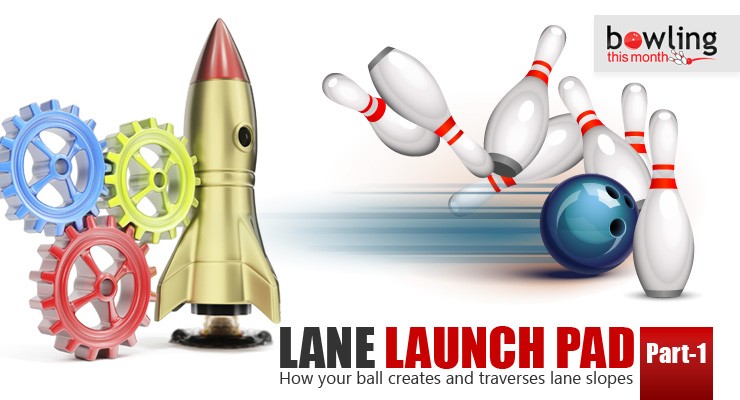In the next few months, I’ll be discussing some of the key elements to understanding oil patterns. I’ll also explain the breakdown of the front part of the oil pattern that leads to back end reaction.
One of the first things to be aware of when facing different oil patterns is the 31 foot theory developed by Kegel Training Center. This theory states that you take the number 31 and subtract it from the total distance of the oil pattern. That will give you the board on which you want the ball to be to have the best chance to hit the pocket. By the way, that’s the exit point, not the breakpoint.
In the photo “Oil pattern lines”, you can see that the total distance of the oil pattern is 35 feet as shown by the white line at the end of the pattern. Subtracting 31 from 35 equals 4. That number represents the starting point or exit board on which the bowling ball should be at the end of the pattern. The orange line in the photo shows the end of the application of oil. The distance between the end of the pattern and the white line is where the buff section starts and finishes. In this sample, it starts at 28 feet and ends at 35 feet in the center of the lane.
In the same photo, you will see a red line at the 17 foot mark. The area between the red and orange lines is where the second layer of the oil pattern is applied to the lane. This is not a buff, but the second tier of the oil pattern, which I call the “secondary ramp.”
In my opinion, the reason this distance is so important is that it can help you decide whether ...
Already a premium member? Click here to log in.


